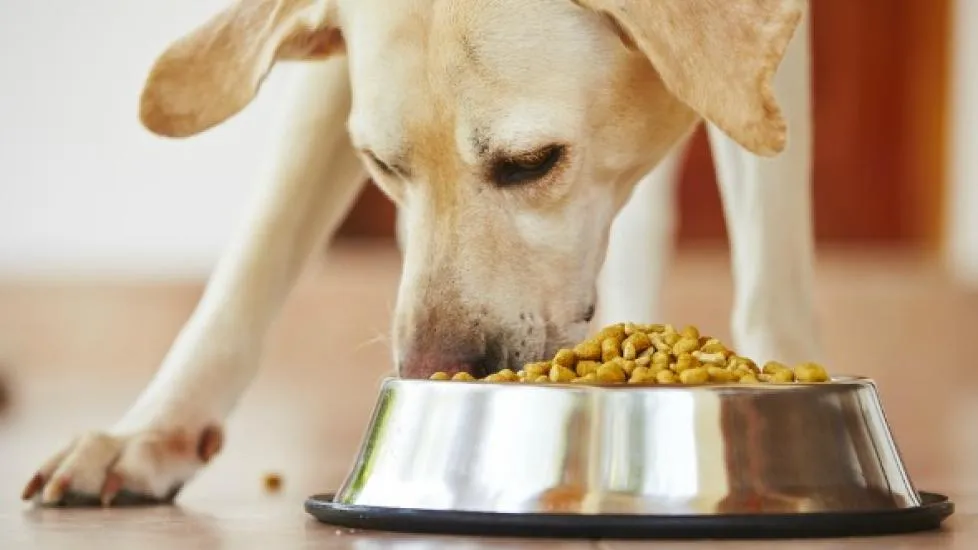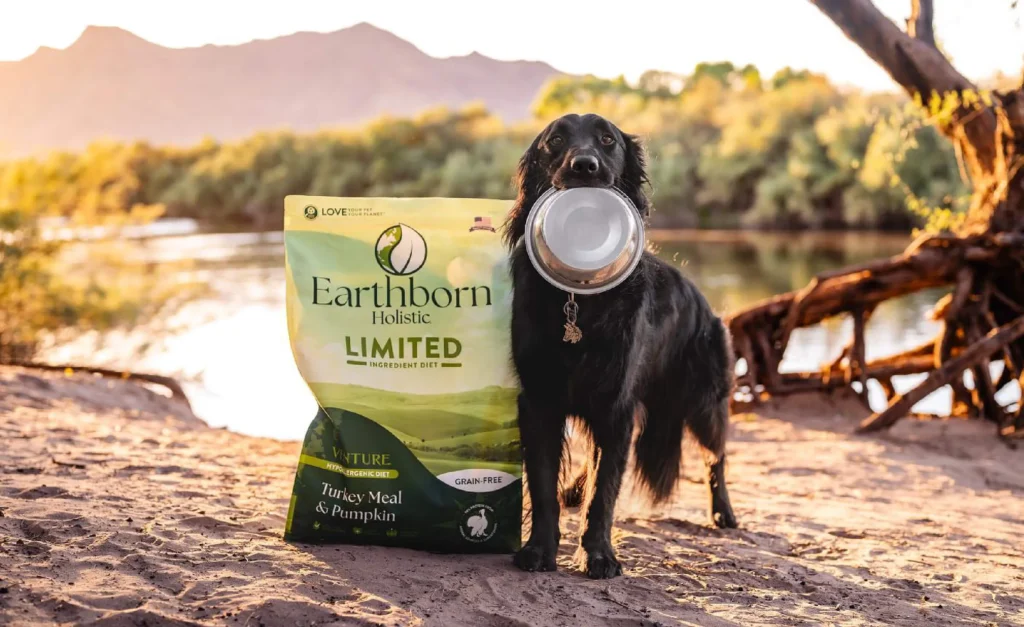Solving the puzzle of how to read dog food labels doesn’t have to be rough! Learn how to read between the lines (and ingredients) to provide your best friend with the best nutrition he deserves. Because your furry friend is worth more than a pretty package!

When you’re serving food to your dog, all bites aren’t created equal. But with there being so many options to select from in the store, how do you pick which one will work best for your friend?
It all starts with reading labels. Here’s the inside scoop in plain English so you can make informed decisions and keep your friend smiling, healthy, and wagging his tail.
Why Dog Food Labels Matter
Dog food labeling is a cheat sheet to what’s in the can or bag. It tells you about ingredients, nutritional information, and whether the food fits your dog’s requirements.
The ability to decode them will lead you away from fillers, artificial preservatives, and cheap ingredients, and find a food that fuels your dog’s health and energy.
What are the Most Important Parts of a Dog Food Label?

Here’s what to look for on a dog food label and what it means:
1. Product Name
The name of the dog food will give you an idea of what’s in it. Here’s how to interpret it:
- Chicken Dog Food: The product must contain 95% chicken or more.
- Chicken Dinner or Chicken Formula: The product must contain 25% chicken or more.
- With Chicken: The product can have as little as 3% chicken.
- Chicken Flavor: There simply needs to be sufficient chicken so that the food will taste like it.
The more specific the name, the greater the percentage of that ingredient.
2. Ingredient List
Ingredients are listed in order of weight, from most to least. Look for:
- High-Quality Protein: The first ingredient should be a named meat source (e.g., “chicken,” “beef,” or “salmon”), not generic terms such as “meat meal” or “animal by-products.”
- Whole Grains or Veggies: Brown rice, sweet potatoes, or peas contain healthy carbs and fiber.
- Healthy Fats: Check for named fat sources such as “chicken fat” or “salmon oil.”
- Avoid Fillers: Corn syrup, artificial colors, and preservatives (e.g., BHA, BHT) have little nutritional content.
3. Guaranteed Analysis
This section indicates the minimum or maximum level of important nutrients:
- Crude Protein: Canine muscle growth and energy require protein. Minimum is 18% for adults, 22% for puppies.
- Crude Fat: Energy and skin/coat health depend on fat. Target 5-15%.
- Crude Fiber: Digestion is supported by fiber. Excess could indicate fillers.
- Moisture: Wet foods are higher in moisture (70–80%) than dry foods (10–12%).
4. Nutritional Adequacy Statement
This tells you whether the food is complete and balanced for a specific life stage (e.g., puppy, adult, senior) or for all life stages. Look for these words:
- Formulated to meet the nutritional levels established by the AAFCO dog food nutrient profiles.
- Animal feeding tests using AAFCO procedures substantiate that this product provides complete and balanced nutrition.
This indicates the food is at least nutritionally adequate according to Association of American Feed Control Officials (AAFCO) standards.
5. Feeding Instructions
This section provides guidance as to how much to feed your dog according to their weight and age. Keep in mind these are only guidelines—your dog’s activity level, metabolism, and health might necessitate alterations.
6. Manufacturer Information
Find the manufacturer’s name and contact details. Good manufacturers are open and easy to reach if you have questions or concerns.
Are there Red Flags to Avoid?
Sure! This is because, not all dog foods are equal. These are red flags:
- Vague Ingredients: Avoid using words like “meat meal,” “animal by-products,” or “generic fats.”
- Artificial Additives: Avoid artificial color, flavor, and preservatives.
- Too Many Fillers: Cheap fillers such as corn, soy, and wheat gluten are commonly used with minimal nutritional value.
- No AAFCO Statement: The food is not necessarily nutritionally complete if it doesn’t include an AAFCO statement.
Are there Special Diets and Considerations for Dog Food Labels?

Definitely, as there may be canines with issues, so they may have a great need for diets for special needs. This is what to watch for:
- Grain-Free: Suitable for grain-sensitive dogs, though please consult with your vet as grain-free foods have been recognized as a culprit of heart disease in some breeds.
- Limited Ingredient Diets: Great for sensitive dogs.
- Weight Management: Reduced fat and calorie count for obese dogs.
- Senior or Puppy Formulas: For the special life stage of mature dogs or growing puppies.
How to Select the Proper Diet for Your Canine
Here is a handy checklist to help you choose the best food:
1. Examine the Protein Source
Is it a quality, named meat?
2. Examine Whole Ingredients
No fillers and no artificial preservatives.
3. Match the Life Stage
Choose food for your dog’s life stage and activity level.
4. Examine the Guaranteed Analysis
Ensure that it contains your dog’s needed nutrients.
5. Ask Your Vet
In case you’re unsure, your vet can recommend a food appropriate for your dog.
Wrapping Up
It might look confusing at first when reading dog food labels, but once you learn what to look for, it’s easy to make sound decisions for your furry friend.
Your dog’s ideal food should respond to their dietary needs, be within your means, and will keep them in high spirits and good health.
So the next time you’re at the pet store, take a moment to read the label. Your dog will thank you with wagging tails, sloppy kisses, and boundless love. And after all, they’re not pets; they’re family. And family deserves the best!
